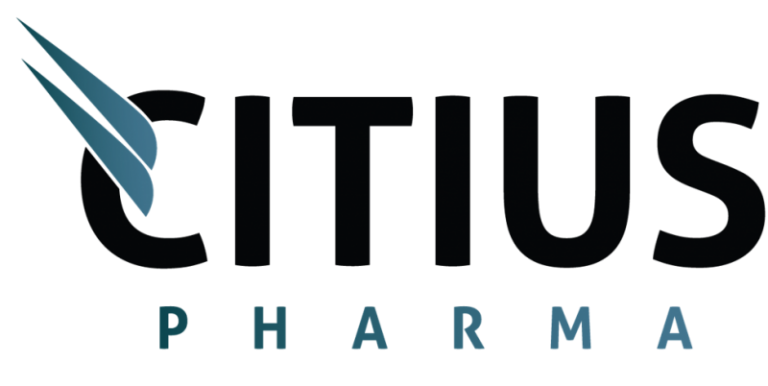
ABOUT: Citius Pharmaceuticals is a specialty pharmaceutical company dedicated to the development and commercialization of therapeutic products for growing markets. Citius products offer new and expanded indications for previously-approved pharmaceutical products as a means to achieve leading market positioning.
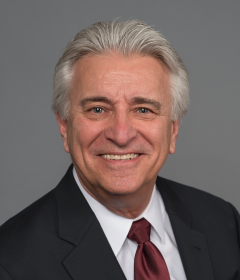
Myron Holubiak, CEO of Citius Pharmaceuticals took time to update WSA’s listeners on the companies’ progress since their previous interview. Mr. Holubiak provided an overview of the progress on the CTXR’s main products Mino-Lok and Mino-Wrap and shared how they are adapting the product to deal with COVID compliance and restrictions. He also talked about other programs in early stage development and went over key factors that make Citius a unique investment opportunity. Have a look below:
INTERVIEW TRANSCRIPTS:
WSA: Good day from Wall Street, this is Juan Costello, Senior Analyst with The Wall Street Analyzer. Joining us today is Myron Holubiak, CEO and President Citius Pharmaceuticals, the company trades on NASDAQ, ticker is CTXR. Thanks for joining us today, Myron.
Myron Holubiak: Oh, thank you, Juan. It’s a pleasure.
WSA: Yeah, great. So, can you please start off with a brief intro of the company here for some of our listeners that are new to the story?
Myron Holubiak: Sure. Well, welcome everybody who may be listening in to this broadcast, I’m happy to provide an update on Citius. The information I’ll give you, of course, is informational. It won’t be all inclusive. If you’re interested in investing, please review our recent SEC filings. The company is called Citius, largely because of the Olympic motto, where Citius means faster in Citius, Altius, Fortius. And the reason we have that name is because originally, the company was designed to be a 505(b)(2) company. And what that means is that we look to find new uses for compounds that may have been in humans before eliminating all that preclinical work and costly and time consuming work that normally occurs. Well it’s difficult to do because we look for unique indications, so it should behave just like a brand new product that’s been discovered—A new chemical entity.
And that’s very hard to do, we’ve been able to do it largely because of our relationship with MD Anderson Cancer Centre. And at least when we started the company we had Mino-Lok, which is still under development. I’ll touch on that in a minute. And Mino-Wrap. And those products were 505(b)(2) products so we had a limited amount of work that needed to be done before we can put it in humans. Since that time, however, in the past year—I’ll be updating all listeners to this—we’ve expanded into beyond 505(b)(2) so we now are into bio products, particular cellular therapy. And we’ve licensed a special stem cell called the muscular mesenchymal stem cell for use in COVID-19 acute respiratory distress.
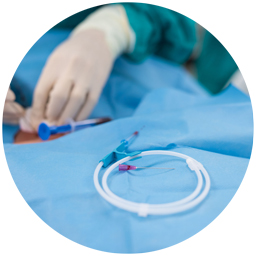
So we’re no longer just a 505(b)(2) company, is the is the reason for that. So the company has got four platforms, each one is being developed. I mentioned the first two, Mino-Lok, which is a solution of three active substances. They have to be mixed together in pharmacy and sent to the floor. This solution is used to sanitize, sterilize, cleanse central venous lines that are infected, colonized, and that are causing bacteremia in patients that have long term catheters. And those patients would be cancer patients, haemodialysis patients that are using a catheter instead of an AV fistula and even parenteral nutrition patients, but the big market really is cancer patients.
That’s why we work with MD Anderson on developing this product primarily. Well, we’re now in Phase III with that platform. And we were moving along quite well, even though it’s been a very difficult year particularly for a product like ours that’s used in the ICU, because that’s the area that’s been most affected by the COVID pandemic. The second platform is also with MD Anderson, Mino-Wrap, which is antibiotics that are infused in the gelatin film, and that film wraps around tissue expanders that are used post-mastectomy. So when women have their breasts removed, because of cancer, you frequently don’t want to start the breast enhancement process immediately because you’ve just debrided (removed) all that tissue.
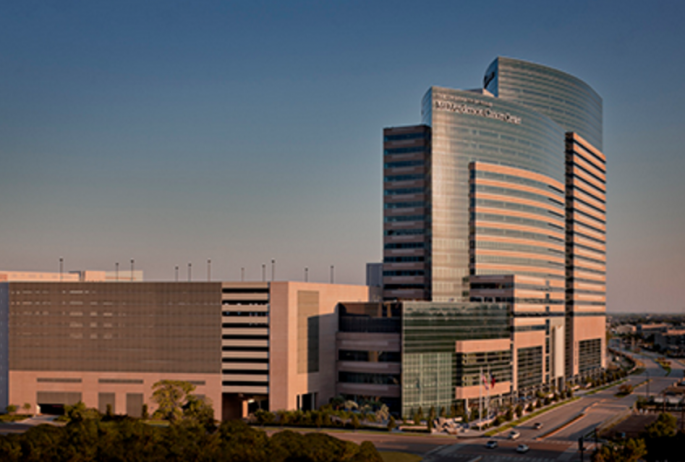
So normally you put in a tissue expander that expands, you continue to inject it with saline over a period of time, so a pocket is built up, so somewhere in the future, usually three or four months later, you can put in a breast implant. And there’s a high infection rate there, there’s 12 to 14% infection rate, which is outrageous, in spite of everything that’s being done, and the standard of care is to use IV antibiotics ahead of time. Basically irrigate the wound during the surgery and then post surgically oral antibiotics. In spite of that, you still have a 12 to 14% infection rate.
So our thesis is that we’ll create a wrap that goes around the tissue expander, that accommodates being able to expand it. And will maintain antibacterial levels for the three to four — actually for the month that you have the draining, which is one of the reasons why these things get infected. So that thing is now coming into an IND phase and we’ll be able to submit that at the end of the year. Right now we’ve had preliminary IND discussions with the FDA on the animal models that we need, plus the kind of chemistry and manufacturing controls that we’ll have to conduct. So that’s the second platform. The third platform is the original one that came with Citius and that is the hemorrhoid drug, it’d be the only prescription hemorrhoid product when it gets approved, that that’s been approved by the FDA.
And this is a combination of halobetasol and lidocaine. We have just finished discussions with the FDA on the endpoints and in particularly the kind of PRL instrument we’ll be using to evaluate that endpoint. That’s been agreed to. So we should start our Phase 2B trial in probably quarter three. We’re excited about that, we think we’ll finish that study up either by the end of the year or right into the beginning of next year, at which time we’ll have a decision made whether or not we want to further develop it and right now we think we might, or to sell it to companies that are interested in this area.
Then the last one, of course, that I wanted to mention is the cells. We licensed worldwide license of these very special cells from Novellus, which is a gene engineering company in Cambridge, Massachusetts, we were heavily attracted to the process by which they create their mesenchymal stem cells. Mesenchymal stem cells are cells that can develop into other kinds of cells, namely fat, bone, cartilage, things like that. But they also secrete a lot of different chemokines and cytokines, which are very useful in combating the cytokine storm associated with respiratory distress.
So our first target will be acute respiratory distress syndrome associated with COVID-19. This is a very exciting product, ours is different because it’s not done or derived. It’s not made from bone marrow or fat tissue or placental tissue, like the other MCSs that are being investigated right now. Ours are actually developed from a clonal pluripotent stem cell bank, which is much like an embryo with avoiding all the political issues with embryonic cell therapy. So we’re excited about that. And we have had our pIMD with FDA, they have given us great guidance as to what we need to do. Because we’re not a donor derived cell, we have different hoops to jump through primarily proving their IPSCs are no longer in our solution of MSCs when they’re being administered.
So that’s the work that we’re doing now, we expect to have an IND early next year. We hope to do fit aster then that, because of the importance of this disease. But you do have to go through the steps and this is new and different. So that’s what we’re doing. We have a great management team. We just added somebody to the team that’s very important. He’s an oncologist who came from Celgene, but prior to that he was with Roswell in Buffalo. And he’s headed up the lymphoma unit there. So we’re looking for different applications for the cellular therapy that we have, and concurrentlywe’re heavily involved in cancer work with most of our products. I think that’s probably an intro and overview of the company for those who don’t know who Citius is.
WSA: Great, we appreciate going over those platforms there. And can you bring us up to speed on some of the other most recent news and progress?
Myron Holubiak: Sure. Probably the biggest and most important one where we derive most of our value is the progression of Mino-Lok, which is expected to be a very big product. This is a product that for those who don’t know, I mentioned it. It helps sterilize the central line that people have that’s causing a bacteremia in very sick people. Well, these patients today most of the time what they do overwhelmingly, what you do when you encounter this kind of patient is you remove the catheter. And these catheters primarily are tunneled and sewn in, have to remove them, the patient needs a catheter, so you have to treat the patient pretty aggressively for their bacteremia.
Then when they’re clear where they no longer are infected, you have to replace that catheter, usually in a different place, sometimes in the same place. But it’s painful. It’s very discomforting, it’s costly, costs about ten thousand dollars to do those two procedures. And what we’ve been able to show in our phase two is that we had a hundred percent success rate in salvaging the catheter, you didn’t have to remove it, you basically could infuse the catheter for two hours and still is, the way we say, instill the solution of Mino-Lok for two hours, and this would be for five to seven days so that’d be one application per day for five to seven days we had a hundred percent success rate in clearing these catheters.
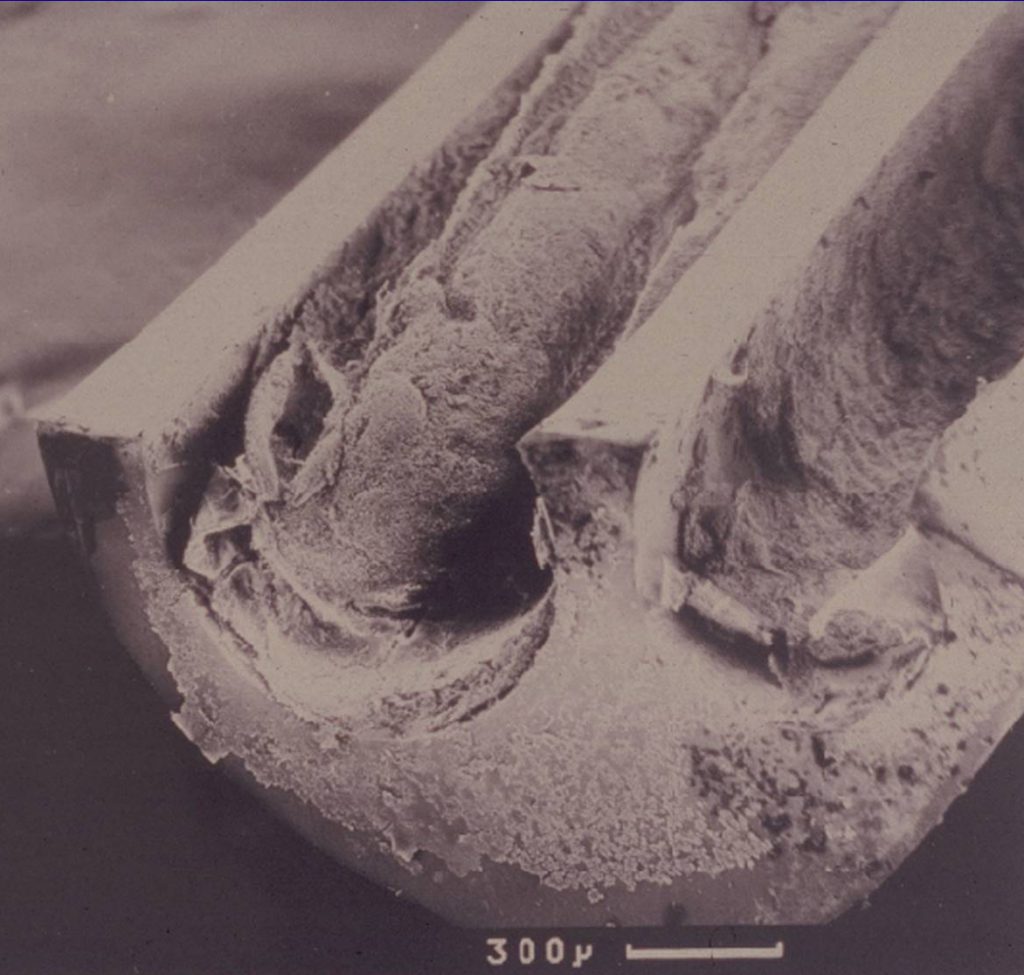
Well, we’re now in phase three and the challenge in phase three is to compare it to other standard of care antibiotics and that’s what we’re doing. We’re way past the midpoint, we’re actually gone through the drug monitoring committees review of the efficacy, what they did, and this is very encouraging, they said, when you get a few more patients, and you get to another point, we would like to review it again to see if you have such superior efficacy that we had actually stopped the trial. We’re hoping for that. And that particular event, which is the next drug monitoring committee review of the data will be in Q2.
So Q2 starts in a month and we expect somewhere in Q2, we were hoping to be early in Q2, but again, COVID, and scheduling and things like that delayed things. But we’re pretty confident in Q2, we will have that DMC meeting, we have our fingers crossed that the data is so strong that we can stop the study. If not, we’ll have to continue until the end but we’re not far away. But again, COVID is impacting that quite a bit. Our plan was to have the study completed at the end of Q2, we’re still trying to hold on to that but that’s a challenging situation if the sites continue to be shut down. We started with 31 sites that went all the way down to six. And then in March, when we were at our peak, in terms of COVID pandemic, problem impact, we’re now up to 15 sites that are active, and we’re still enrolling and randomizing patients, so we’re feeling pretty good and hopefully in Q2, we’re going to hear some good news.
So that’s really up to speed on the most important product. Halo-Lido which is probably next in terms of timing is — we’ve been in discussions with the FDA, we’ve completed those, we’re ready to start our Phase 2B study in the third quarter. So we’re excited about that. And then the cells, as I mentioned, I know IND will probably be filed early next year. So take all the rest of this year for us to prove the model in animals, we’ve been studying it in sheep. Unfortunately, the sheep we’re in Galveston, Texas, and we’ve already done a good number of them already proving that when you induce ARDS similar to COVID, in sheep, that we can actually use ourselves and have really good recovery, and we have.
Unfortunately, they had a winter storm down there. We shut down for a few weeks, we’ll be back on stream in a couple of weeks, and we’ll complete that study. With some more animal work, we’ll be ready to go to an IND with the FDA, sort of early next year. And I think that brings you up to date.
WSA: Well, I think you basically covered it. I was just going to ask you how you’re handling the products there to adapt to the COVID-19 compliance and certain restrictions?
Myron Holubiak: Well, we had to do a lot of things because obviously our main product, the one that’s in clinic now is ICU phase, and those are the resources that are most impacted. So that’s when I went through how many shut downs but now they’re coming back on stream. And the real important issue here is that when you have to remove and replace central lines, that’s very resource intensive. So our product, when it gets approved will be a great help to anybody that’s ICU resource strapped. I think there’s another reason why everybody wants Mino-Lok to get through this review.
WSA: So are there any other notable milestones that the company has achieved since we spoke in January last year, I know you recently improved your design and expansion of the IP on Mino-Wrap.
Myron Holubiak: Well, I think probably the biggest thing, since we last talked was the licensing of the cells. These cells are very special, they areclonal. So that means you don’t have to have individuals contribute cells that then get expanded, we actually have a clonal base from which the cells are the same. Every cell is like the other cell. And that’s what we expand, to make the cells that we’re using for therapeutics. We were able to license that in the middle of the year, we’re now heavily involved in developing those cells, we will be expanding the target indications for those cells as we go.
So that’s a very exciting development and moves us from being a small molecule, regular pharma company into being a leading edge biotechnology company, particularly as it relates to mesenchymal stem cells. So, that’s it. And the other thing that we did since we talked, is the hiring of Dr. Czuczman. Let me just read you some of his credentials. I touched on them, but he was the chief of lymphoma, myeloma service at Roswell, in Buffalo. He has published more than 180 peer reviewed journal articles, and recently he was the therapeutic area head and VP of clinical research at Celgene. So we’re very fortunate to be able to attract him. And mostly, it’s our work in cancer with all the products that we have that are cancer related, as well as the new cellular product where we’re finding new uses all the time. I think you’re all up to speed with that.
WSA: I appreciate it. So what are the main goals that you’re hoping to accomplish here over the next six months as you just put out an announcement regarding the commencement of the development for the NoveCyte platform?
Myron Holubiak: Well, probably the main goal is, let’s see what happens in the second quarter, which is the closest milestone facing us, relative to the review of Mino-Lok. As to whether or not we have to continue the trial to not much thereafter, because we’re pretty far along. So I really do expect an NDA to be filed. Or at least we have a rolling NDA, because we’re priority reviewed and fast-tracked so you can actually submit sections of the modules of the NDA as you complete them. And we’ve had a lot of success with the chemistry and manufacturing control section. So there’s a variety of pieces of the NDA that we’ll start submitting this year.
So submitting an NDA is a big deal. We hope to have our pre NDA meeting with the FDA this year, and to lay out how our NDA will roll out. That’s the biggest thing when it comes to the cells is as soon as we finish our animal studies, we’ll be announcing those as we go. And that should be able to trigger an IND as well as getting these cells into humans with acute respiratory distress that have COVID, early next year. That’s kind of where we’re at, that’s the developments we’re hoping to accomplish, we’re focusing a lot there. People may know that we had two recent raises. So we’re very well financed. Just last week, we completed a $76 million raise 76.5 to be precise, and three weeks prior to that a $20 million raise. So we have adequate funds to do all the programs that I mentioned to you, as well as to bring on some more folks to help us achieve those goals.
WSA: Great. Any other management figures there, members that you want to discuss?
Myron Holubiak: No, we’ve kept the same team from the beginning, they’ve stuck with us the whole way, our head of clinical ops, who teaches at Harvard. Everybody has stuck with us. The new issue on the management team is really the recent addition of Dr. Myron Czuczman. Now with his addition, we may be the only pharmaceutical company in the world that has two Myrons on the executive group.
{laughing}
WSA: You don’t get that a lot, right? Can you talk a little bit about how management’s interests are aligned with current shareholders?
Myron Holubiak: Well the bottom line is, Leonard and I, the two founders have 26.5 million cash invested in the company. This is not sweat equity, this is money. So we’re very aligned with everybody, that means we really believe in what we’re doing. We’re making sure that what we do is meaningful and has a lot of reward at the end. I would think that that’s proof positive of management’s alignment?
WSA: Certainly. So once again, we’re speaking with Myron Holubiak, CEO and President at Citius Pharmaceuticals, trading on NASDAQ: CTXR. Before we conclude here, Myron, why do you believe investors should consider the company as a good investment opportunity today?
Myron Holubiak: For some reason, we’ve sort of caught fire. I think it might have to do with those investment groups. But we have sort of caught fire. It’s been a bad day today, as it has for everybody. But we’ve done very, very well recently. But I think it’s primarily on the fact that we are really addressing urgent medical needs. Most of what we’re talking about is serious medicine that requires some kind of innovation, some kind of therapy, and we’re involved in that. So if you discount — prescription drugs for hemorrhoids is a pretty big deal, but there’s nothing for salvaging an infected catheter. There really isn’t much. The track record on post mastectomy infection is pretty poor, so we’re addressing that. And finally, cells that will save people’s lives if they get into respiratory distress, those are three very important scientific things.
We have the right team, everybody — we’re veterans of both biotech as well as pharma. I used to be president of Roche, we bought Genentech. So there’s a lot of background here that fits. And the rest of the team that we filled out are all experienced. Then finally, we’re nearing some milestones. We have got a lot of — there’s a couple of catalysts that are coming, one of them will be trying to switch with COVID out there, the need for having something that will clean out a catheter as opposed to remove and replace is a game changer. Everything I talked about where all these products are that, but we have a lot of milestones coming up starting this coming quarter, and each of those should carry with it some recognition of value. So that’s reason why people should look at us. And again, I recommend that they take a look at all our SEC filings.
WSA: Well, we certainly look forward to continue to track the company’s growth and report on the upcoming progress and we’d like to thank you for taking the time to join us today, Myron and update our investor audience on Citius. It’s always good having you on.
Myron Holubiak: Thanks, Juan. It’s always a pleasure talking to you.
